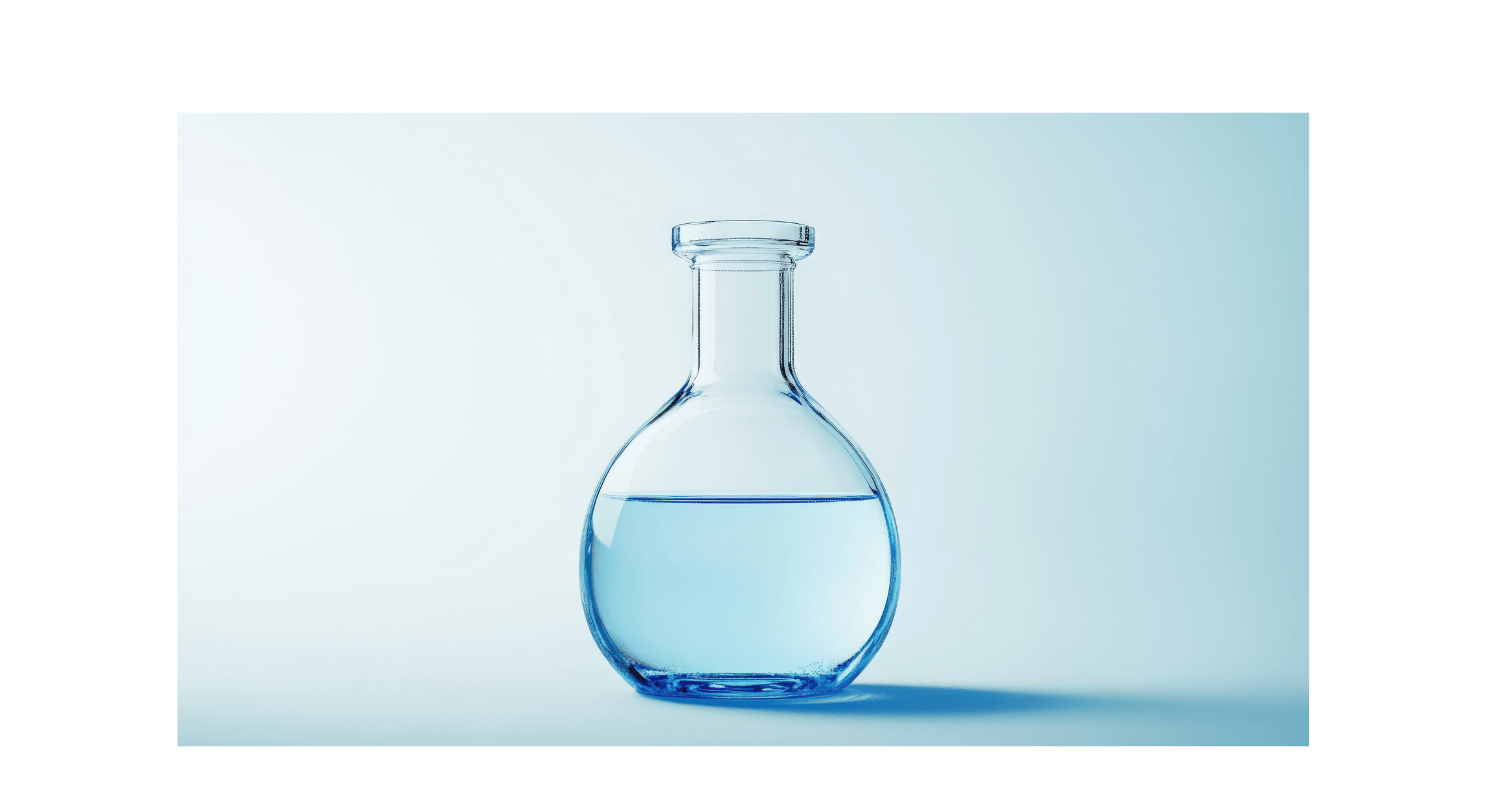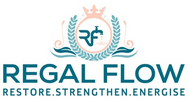
Reverse Osmosis vs Distilled: Which Water Wins?
Tired of water that tastes like a science experiment? Wondering if reverse osmosis or distilled water is the better sip? Short answer: reverse osmosis wins for daily use—it’s cleaner, tastier, and energy-smart. Keep reading Reverse Osmosis: The Ultimate Guide to Water Purification to see which method suits your tap best!
Reverse Osmosis Explained
Picture this: you've just made a brew, and instead of that crisp, clean taste, you get a whiff of chlorine and a hint of mystery metal. Not the morning treat you had in mind, right? That’s where reverse osmosis (RO) steps in like a silent superhero. It’s become a firm favourite in UK homes thanks to its ability to turn dodgy tap water into something that tastes like it came from a mountain spring—without the airfare.
Process and Technology
Imagine water trying to get past a very strict doorman. That’s the RO membrane. Only the cleanest, tiniest water molecules get through. Before it even reaches that point, the water goes through a series of filters. First, a pre-filter catches sand, rust, or anything bulky. Then a carbon filter removes nasties like chlorine and odd smells. Finally, the semi-permeable membrane blocks microscopic troublemakers like lead, nitrates, and bacteria. It’s like sending your water through an obstacle course—only the purest makes it to your glass.
Resulting Water Quality
The end result? Water that’s about as clean as it gets without needing a lab coat. RO systems remove up to 99% of common impurities. Think of things like pesticides, fluoride, and that limescale that loves your kettle a little too much. Better still, many systems still let trace minerals like calcium and magnesium slip through. That means you get fresh-tasting water that’s better for you and your plants. It’s not just filtered—it’s a proper glow-up for your tap water.
Distillation Process
Now let’s take a trip back to school science. Remember learning about the water cycle? Well, distillation is basically your kitchen's version of rain—but in a much more controlled way. It’s simple, clever, and seriously effective. But it’s not the most energy-efficient method around.
How Distillation Works
Here’s how it goes. The machine boils water until it becomes steam. As it cools, that steam turns back into water—clean water. Meanwhile, all the muck like heavy metals and bacteria get left behind in the boiling chamber, unable to hitch a ride. You end up with water that’s free from virtually every impurity. It’s a slow and steady process, but very thorough.
Characteristics of Distilled Water
Let’s be honest—distilled water is a bit of a clean freak. It has no minerals at all. While that’s brilliant for machines that don’t like build-up (think irons, humidifiers, and CPAPs), it’s not everyone’s cup of tea when it comes to drinking. Some people say it tastes “flat” or “empty”. That’s because it lacks the minerals that usually give water its flavour. So while it’s great for lab gear and steamers, it might not win any awards for flavour.
Comparing RO and Distillation
Choosing between RO and distillation is a bit like picking between a microwave and an oven. Both get the job done—just in different ways. Let’s see how they stack up.
Efficiency and Effectiveness
Reverse osmosis is a quick, continuous-flow system that can filter litres of water each day. Perfect for households where the kettle’s never off. Distillers work in slow batches. You boil, wait, cool, collect. It’s a bit like cooking pasta one strand at a time. Effective? Absolutely. Fast? Not quite. If you’re after daily drinking water with minimal fuss, RO usually wins on convenience.
Energy Consumption
Here’s where things get interesting. RO systems rely mostly on water pressure and a touch of electricity for the pump—nothing too heavy on your energy bill. Distillers, however, need to boil water every time. That means using 2–3 times more electricity than RO just to get a litre of water. If you’re trying to keep energy costs down, RO is the better pick by far.
Practical Applications
So, what are these systems actually good for? RO water is ideal for drinking, cooking, filling your kettle, or keeping your coffee machine limescale-free. If you live in a hard water area, it can be a game-changer. Distilled water? It’s your go-to for specialised tasks—like topping up car batteries, running a CPAP machine, or sterilising lab tools. Not really the family favourite for the dinner table, but brilliant in a supporting role.
Conclusion: Choosing the Right Method
Here’s the bottom line:
Go for reverse osmosis if you want water that’s clean, tasty, and kind to your energy bill. It’s great for everyday use, doesn’t take up much space, and helps your appliances last longer too. Choose distillation if you need ultra-pure, mineral-free water for specialist equipment or medical use. It’s slower and pricier to run, but unbeatable for purity. At the end of the day, it comes down to how you’ll use it and what matters most to you. Whether you're making tea or topping up your humidifier, there’s a purification method that fits. Either way, you’ll be saying goodbye to dodgy-tasting tap water—and that’s a win in anyone’s book.
More Reverse Osmosis info we think you'll love
Reverse Osmosis Advantages and Disadvantages
Reverse Osmosis in Wastewater Treatment
Reverse Osmosis vs Bottled Water
Reverse Osmosis vs Water Softener
Reverse Osmosis vs Alkaline Water
Can Reverse Osmosis Remove Fluoride?
Is Reverse Osmosis Water Safe to Drink?


Leave a comment